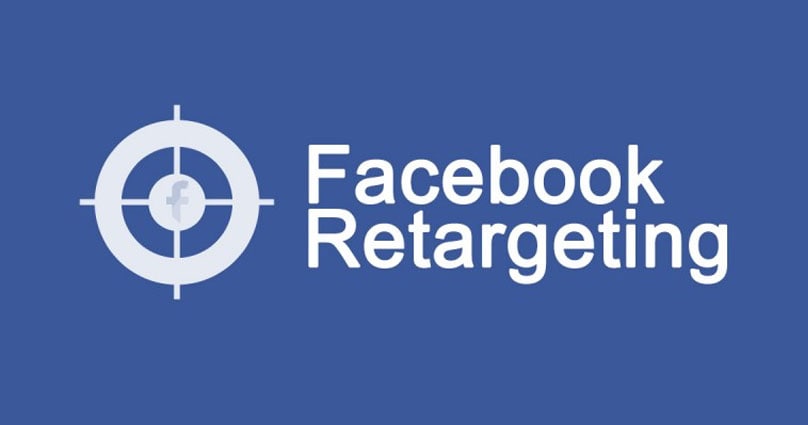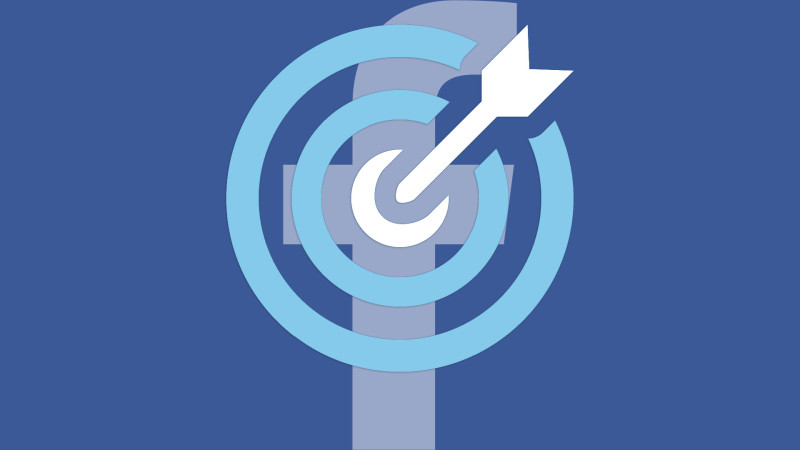Retargeting is a very powerful tool that you can use to increase conversions. Why take advantage of this mode in paid campaigns? Because the purpose of retargeting is to reduce the cost of acquisition because the target audience is made up of users who already know your company because they have already seen your website at least once.
Take for example retargeting on Facebook, thanks to a tracking pixel inserted in your website when you go to create a new campaign on Facebook you can choose to share your sponsored to all those who have visited any page of the site or you can decide to show it only to all those who have visited a certain page (such as a specific product / offer) but who have not completed the purchase.
At this point, the question arises: Can everyone do retargeting?
This strategy is not for everyone, since retargeting is based on user interactions with your website, if the site visits are very low, activating a campaign on such a small audience is not advisable.
If your website has a high number of visits, you can decide to insert the tracking pixel to start to populate what Facebook calls “Custom Audience”.
We like retargeting a lot because it can become a big opportunity if used to the fullest. With the retargeting, you can decide to show your sponsorship to all those who have visited any page of your website or you can work out of wits by defining lists in which to divide the public according to the pages viewed.

When you connect to the ADS panel of Facebook there are several options available to activate a retargeting campaign …
- Customer File: You can upload a CSV with your customer database. This feature is very effective if your target uses this social. If you are a B2C company, many of your customers or potential customers can be registered on Facebook with the email you already have in your database. If your company works in B2B, you should try to perform the same operation on LinkedIn.
- Traffic from the website: As anticipated, you can decide to show your sponsorship to all visitors to the website, to people who have visited specific web pages or visitors for time spent filtered by site or specific page. The last two options instead refer to the type of event you are monitoring by pixel.
- Activity in the App: If you have an app you can decide to show the application to all those who have already interacted at least once and segment them according to specific actions.
- Offline activity: You can create a list of people who have interacted with your business directly in the store, by phone or other offline channels (this integration is from the PRO level in fact need API Offline Conversion or Partner Integration to manage them).
- Interaction: This feature, inserted in recent months is really very interesting because you can decide to show your sponsored to all those who have previously interacted with your Facebook content (Video, Contact Acquisition Module, Canvas, Facebook Page, Company Profile Instagram or Event).
You may also like to read: Lead Generation: All you need to know
I remind you that Facebook is becoming increasingly selective about the quality of the news regarding the organic traffic and the quality of sponsorships, promoting the less commercial.

Have you not activated the tracking pixel yet? Follow my instructions to insert it on your website.
Access the control panel for Managing Advertisements> All Tools> Pixels
After clicking on Pixel, click on the CTA green “Configure Pixel”
At that point, it will ask you how you want to install the monitoring pixel. If your HTML is not your bread, you can send instructions directly to your developer. Very important when you create the pixel is to define the type of action you want to monitor in fact you can choose from 9 types …
- Purchase> ‘Purchase’
- Contact Generation> ‘Lead’
- Completed Registration> ‘CompleteRegistration’
- Adding payment information> ‘AddPaymentInfo’
- Adding to cart> ‘AddToCart’
- Addition to wishlist> ‘AddToWishList’
- Beginning of Purchase> ‘InitiateCheckout’
- Search> ‘Search’
- Displaying content> ‘ViewContent’
With this article, I hope to have helped you to optimize your sponsorship on Facebook but be careful, do not bet all your marketing strategy on Social Networks because they could reverend a house of cards, ready to fall at any time.
What your company does not need is visibility on Facebook is a strategy able to deliver results over a long period of time, social media become only a “contour” means to improve traffic you have to work on a complete methodology such as inbound.
Right strategy, suitable tools and ready-to-attack website, here are the essential ingredients to succeed online. A step back, do you know that your website is correctly structured for a complete strategy like Inbound?
